Direct Mail Marketing Campaigns: 3 Different Approaches
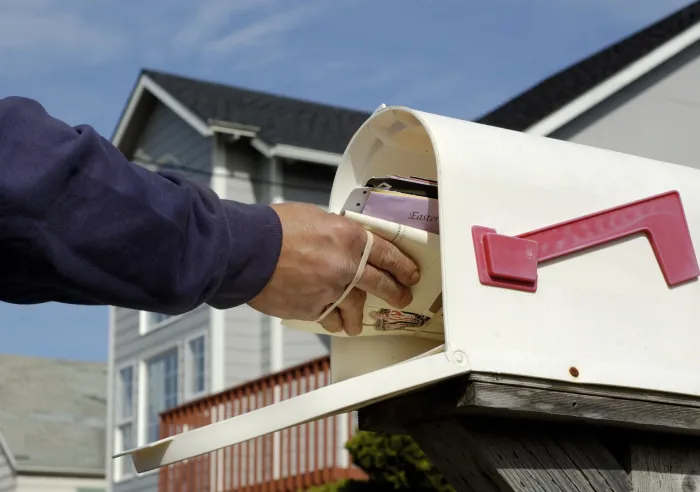
estimated reading time: 6 minutes
Direct Mail Marketing
Direct Mail Marketing is a promotional strategy that makes
use of the expansive delivery network within our country's postal system. As such,
direct mail marketing provides a business or organization with an easy and economical
way to send printed promotional materials to any residential or commercial
addresses they choose. Even in the digital age of online banner ads, social media platforms, and email marketing, direct
mail is still a very effective way for businesses to engage with current and prospective
customers.
Like all marketing materials, direct mail pieces are designed
to capture attention using colorful images, bold headings, and an attractive
offer to encourage the recipient to take a desired action. This action might be
buying a product, requesting a service, calling for more information, visiting
a website, attending an event, or any other activity that helps foster a mutually
beneficial relationship.
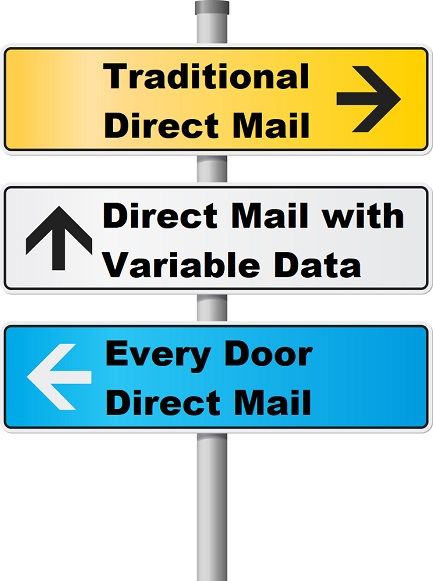
Direct mail pieces can take many forms, with the most common
being postcards, folded mailers, brochures, flyers, and catalogs. Depending on
the type of direct mail campaign a business or organization elects to pursue, these
promotional pieces can be targeted toward specific individuals, groups of people
that share certain demographics and/or buying behaviors, or everyone located within
a chosen geographic area.
Just as it is more economical to print marketing pieces in
bulk, the post office also offers discounted postage rates for bulk mailings. Hence,
the majority of direct mail campaigns involve sending out pieces in volume to
capitalize on the reduced printing and mailing costs.
Direct mail campaigns generally fall under one of the following three categories:
1. Traditional Direct Mail
2. Direct Mail with Variable Data
3. Every Door Direct Mail
Now let's examine each of these one at a time…
What is Traditional Direct Mail?
Traditional Direct Mail involves the use of a mailing list
that contains the names and addresses of people to whom the mailing will be
sent. In most cases, this list is either compiled by the company doing the
mailing or purchased from a service that generates mailing lists.
A mailing list used for marketing purposes is not merely a list
of random people. It is a list of people that, based on past buying behaviors
or demographics like age, sex, or income, have a good chance of being receptive
to the offer the company plans to present to them via the mailing.
With a traditional direct mail campaign, everyone on the
list might get the exact same mail piece or they may be subdivided into groups
that will receive different promotional messages. By segmenting mailing lists
based on demographics or prior behavior, companies can deliver messages that
are more likely to resonate with the recipients, thereby increasing the likelihood
of a favorable response rate.
As mentioned, direct mail campaigns are almost always sent out as a bulk
mailing. Sending a bulk mailing using First Class mail service requires a
minimum of 500 presorted pieces per drop to qualify for a discounted postage
rate. A mailing permit is also required. First Class mail will generally reach
the recipients within 2-5 days.
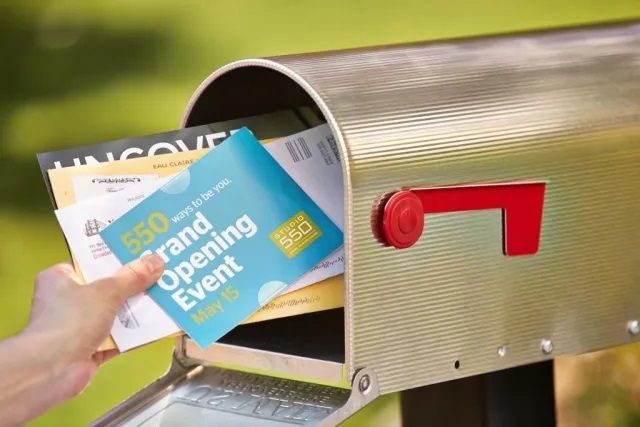
USPS Marketing Mail (formerly known as Standard Mail) is
another discounted option for sending direct mail pieces in bulk. This option
requires a minimum of 200 presorted pieces (or 50 pounds) per drop to attain
the postage discount. Mail sent as USPS Marketing Mail will usually be
delivered within 3-10 days. Just like with First Class, a mailing permit is
required.
What is Direct Mail with Variable Data?
Direct Mail with Variable Data has the same attributes as
traditional direct mail outlined above except each piece within a single production run can be printed differently. Using a digital printing method known as Variable Data Printing (VDP), each
piece within a production run can be printed with unique personalization,
effectively customizing each individual marketing piece to its intended
recipient.
The VDP process begins with a template or layout common to
all pieces. Software then feeds the printing press with segments of information
from a database. These segments are unique to each recipient and are applied to
various places within the layout, allowing every piece in the production run to
be printed with different text and/or graphics in certain areas.
For example, the recipient's name could appear in a prominent location and there could be a striking image related to the recipient's interests. Because digital printing presses do not use printing plates,
there is no stopping or slowing down of the press to make these changes. Each
piece prints with its assigned variable data one after the other in a single
press run.
So instead of sending the same marketing message to everyone
on a mailing list, variable data printing allows every printed piece to be
tailored to the interests and experiences of each recipient. Name fields, headings,
body copy, images, offers, and calls to action can all be easily modified to
match the prospects or clients being targeted.
Since personalization makes each mail piece more relevant and
meaningful to the recipients, this peaks their interest and increases the likelihood
the printed message will be read and acted upon.
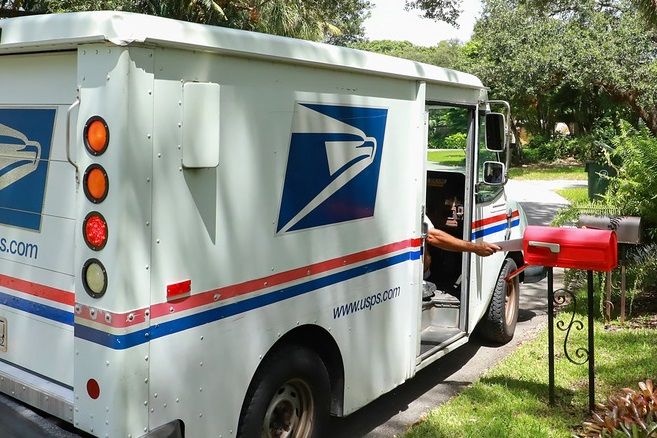
What is Every Door Direct Mail?
Every Door Direct Mail (EDDM) is a special kind of direct
mail program offered by the US Postal Service. Instead of a traditional direct
mail campaign or VDP campaign that targets individual recipients, mailings sent
through the EDDM program are delivered to every address along the mail carrier
route(s) that you select.
There is no personalization with mail sent via EDDM. There is
also no need for a mailing list since everyone within the chosen geographic area
will receive the same mailing. Instead of names and addresses, each mail piece
will simply be printed with something like "Residential Customer" or
"Local Postal Customer."
Compared to the other direct mail options, EDDM offers lower
postage rates. The rates are lower for a couple of reasons. First, the postal service
requires EDDM mail to adhere to stricter size and weight limits to streamline the
processing and delivery. Second, no sorting is needed since every address on a given
postal route receives the exact same mail piece, thus reducing the carrier's prep work.
EDDM mailings are still considered a bulk mailing, with the minimum
number of mail pieces being 200 per drop. A nice benefit of EDDM is that no
mailing permit is required unless the quantity mailed per day exceeds 5,000
pieces.
Even though EDDM provides a cost-effective way to distribute
marketing pieces to specific neighborhoods and zip codes without having to purchase
or maintain a mailing list, it is not the ideal fit for every business. Since there is no personalization to increase the response rate, EDDM is
better suited for businesses that have a broad appeal. It is also better suited for businesses and storefronts that draw the majority of their customers
from the local area, such as pizza parlors, dry cleaners, auto repair shops, and
hair salons.
Let Color Vision help with your next Print and Mail Project!
Be sure to get in touch with Color Vision to
discuss your next direct mail project. We are a full-service print facility
that offers a variety of mailing services, including variable data printing.
Give us a call at 800-543-6299 when you're ready
to discuss your printing and mailing needs. Or, use our Quote Request form
to send us your project's specifications and we will be happy to email a quote
to you.
As always, we look forward to assisting with
your printing and mailing needs!
Related Articles:
Direct Mail Marketing: 8 Benefits of Variable Data Printing
US Postal Service EDDM: Is it a Good Fit for Your Business?
Related Articles
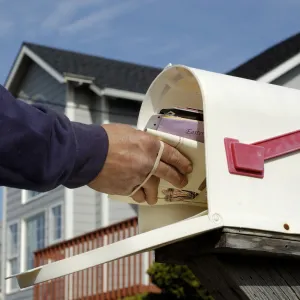
Direct Mail Marketing Campaigns: 3 Different Approaches
Read This Article
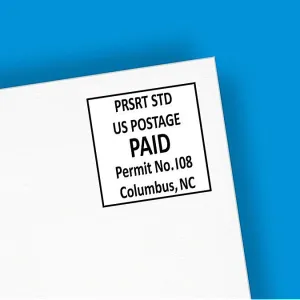
Direct Mail Marketing: What are Postal Indicia?
Read This Article

US Postal Service EDDM: Is it a Good Fit for Your Business?
Read This Article

Direct Mail Marketing: 8 Benefits of Variable Data Printing
Read This Article